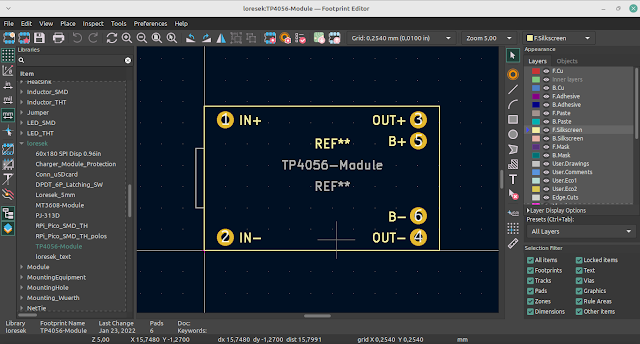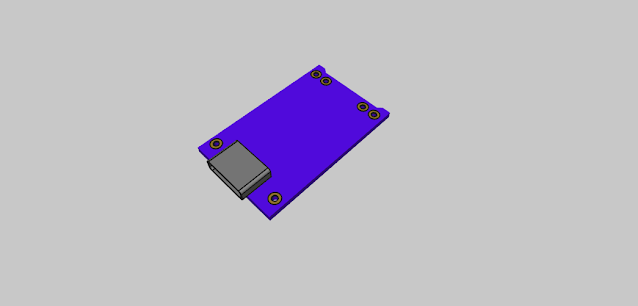ATX Turbo-XT Mainboard V3: Open-Source Vintage Computing Revival
The ATX Turbo-XT Mainboard V3 is here! The third iteration of this project is now officially released. Although the developer initially hesitated to share it, the spirit of open-source development won out. It’s a tribute to historical computing and a gift for vintage PC enthusiasts who are eager to experience, build, and troubleshoot a classic XT design.
Let’s dive into the main features, cautions, and highlights of this fantastic project.
Purpose and Cautionary Notes
This open-source XT mainboard was designed purely for historical and educational purposes, allowing users to delve into the world of 1980s computing. However, there are some important disclaimers:
- No Guarantees: This design does not come with any guarantees of functionality or fitness for any specific use. Builders assume full responsibility for assembling and troubleshooting the hardware.
- Personal and Experimental Use Only: This project is intended strictly for hobbyists. Using it in any serious or critical applications where failure could cause harm or data loss is strongly discouraged.
- Data Loss Risk: Connecting storage devices could result in data loss or corruption, so caution is advised when handling sensitive information.
- Expertise Required: The project involves complex electronics assembly. It’s not beginner-friendly and demands a solid understanding of electronics safety and troubleshooting.
The Design and Its Components
The ATX Turbo-XT Mainboard is an ambitious recreation based on vintage computing inspirations, including the IBM PC, Taiwanese Turbo XT clones, and various modern adaptations. Here’s what you can expect:
- Detailed Part List: The project provides a comprehensive list of components, including ICs with manufacturer specifications. However, each build may require adjustments due to timing issues and component variations.
- Clock Stability: Timing is crucial for stable operation. The design uses a fixed 24 MHz oscillator, and special care must be taken with load capacitors and PCB trace shielding to prevent crashes and instability.
- ISA Bus Enhancements: The board features additional capacitor footprints for signal termination to reduce noise and improve stability, especially for sensitive signals like the ISA bus's
RESETDRV.
BIOS Configuration
The choice of BIOS is up to the builder, but the mainboard supports a flexible setup with:
- Super PC/Turbo XT BIOS by Jon Petrosky and Ya’akov Miles.
- XT-IDE BIOS for IDE hard drive support.
- HD Floppy BIOS Extension by Sergey Kiselev, allowing for enhanced floppy drive compatibility.
The BIOS can be customized to switch between different configurations, such as using 5.25" DD and HD floppy drives. A handy command line script is provided to create a 128KB BIOS image with the desired settings.
Onboard Features
The mainboard includes several advanced features that make it a standout project for enthusiasts:
- RTL8019AS Ethernet Adapter: Configured with a 93LC46 EEPROM, the onboard network adapter allows easy network connectivity. A dump image for programming the EEPROM is provided as an example.
- LPT and COM Ports: Standard serial and parallel ports are included, with jumpers for IRQ configuration. Interrupt 7 for the LPT port can be left open, freeing up resources for other devices.
- VGA Compatibility: The board supports VGA, CGA, and EGA video cards. The developer tested it with a Video 7 VGA card, ideal for running Windows 3.0 and DOS games.
Advanced Testing and Stability Improvements
The developer conducted extensive testing with ALS and F-type logic ICs to improve DMA timing, particularly for supporting clone DMA controllers like the 8237. This enhancement is key for reliable floppy disk writing and sound playback in DOS games using Sound Blaster-compatible cards.
Key IC recommendations for improved stability:
- U24 - 74ALS573
- U55 - 74F08
This update enhances support for a wider range of components, making the mainboard more flexible for vintage computing enthusiasts.
Development Tools and Compatibility
The project was developed using KiCad 5.1.7, an older but stable version that the developer prefers for its reliability. Design files, including custom library additions, are shared for easy access. The schematic is a single large sheet, optimized for quick navigation and editing, albeit with some performance trade-offs.
Resource Allocation
The mainboard’s resource allocation is set as follows:
- IO Ports:
0300- XT-IDE0340- LAN0378- LPT03F8- COM1
- IRQ List:
IRQ0- System timerIRQ1- KeyboardIRQ3- LANIRQ4- COM1IRQ6- Floppy Disk ControllerIRQ7- SCSI
- DMA Channels:
DMA 0- RefreshDMA 2- Floppy Disk Controller
Final Thoughts and Acknowledgements
This project is a labor of love, paying homage to the early days of personal computing. It’s a community-driven effort inspired by pioneers like the IBM PC development team, Sergey Kiselev’s projects, and the XT-IDE BIOS team. It’s a shining example of the open-source philosophy, where innovation builds upon the work of those who came before.
If you’re ready for a challenging and rewarding build, dive into the ATX Turbo-XT Mainboard V3. Be prepared for some trial and error, but the satisfaction of reviving a piece of computing history is well worth the effort!
Download the Project Files: Ready to take the plunge? You can find all the design files, BOM, and resources on the project’s GitHub page.
Get Building and Share Your Experience!











